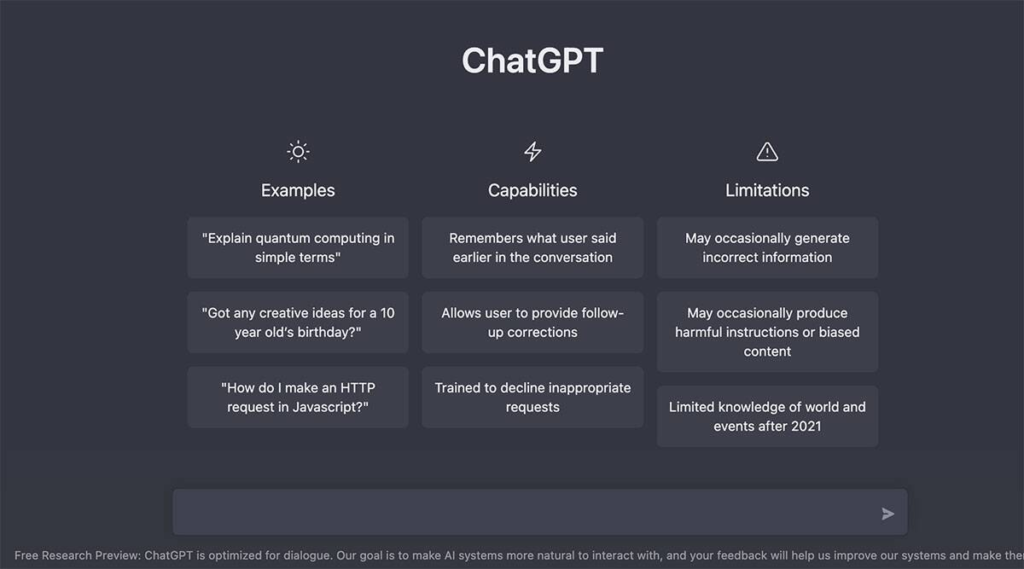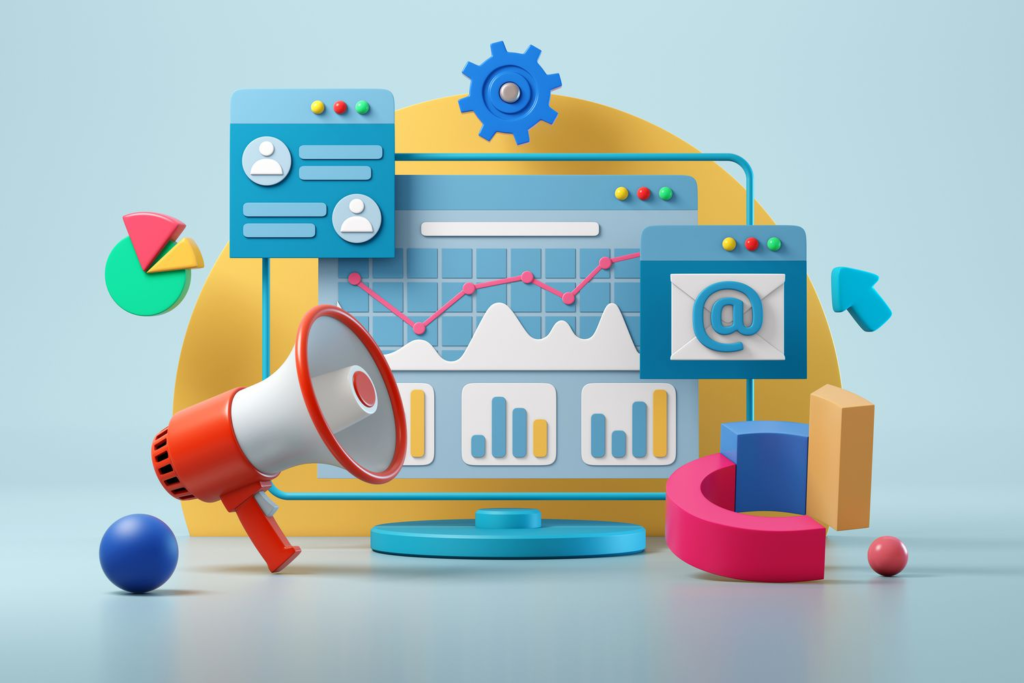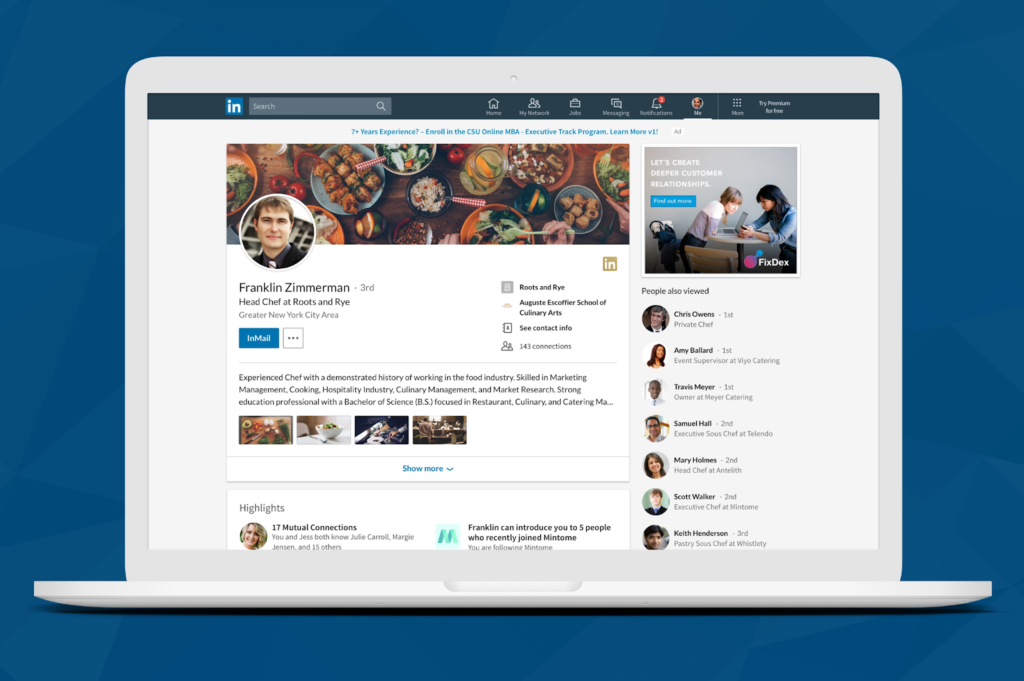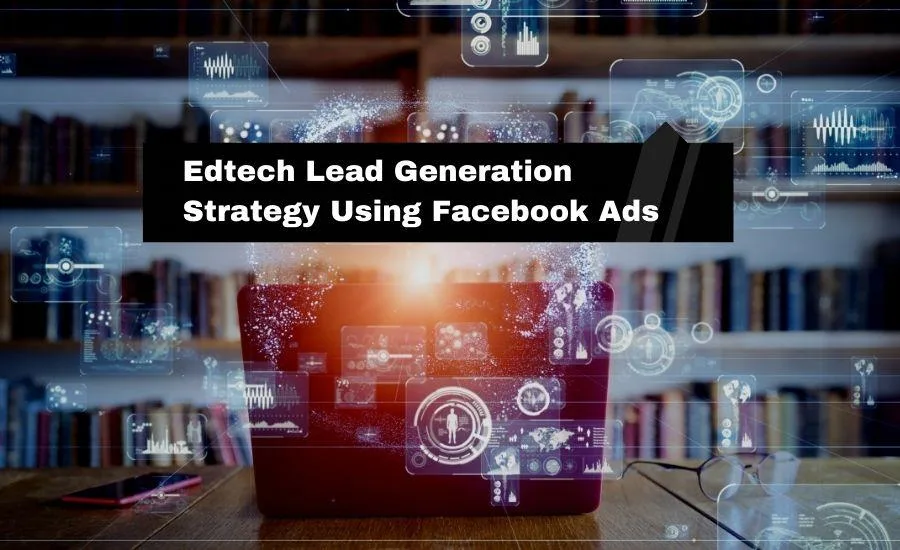The 2023 Guide to Email Marketing: How to Build a Successful Campaign from Scratch
Email marketing is an essential part of any real estate business’s marketing strategy. It’s an effective way to stay top-of-mind with your clients and prospects and to nurture leads until they’re ready to take action. But with so many businesses sending emails, how can you make sure your messages stand out? In this complete guide to email marketing for real estate businesses, we’ll cover everything you need to know to create effective campaigns that get results. From building your email list to automating your emails, we’ll provide tips and best practices to help you make the most of this powerful marketing channel. Does Email Marketing work in 2023? Yes, email marketing still works in 2023 and remains one of the most effective digital marketing strategies. According to Statista, the number of email users worldwide is projected to reach 4.6 billion by 2025, and this indicates that email is still a popular and widely used communication channel. Here are some reasons why email marketing is still relevant in 2023: Personalization: Email marketing allows businesses to tailor their messages to their audience’s interests and preferences. Personalized emails have higher open and click-through rates, and they can help to build stronger relationships with customers. Cost-effective: Email marketing is one of the most cost-effective marketing strategies available. It is much cheaper than traditional advertising methods such as TV or radio ads, and it can be automated to save time and effort. Measurable results: Email marketing provides businesses with measurable results such as open rates, click-through rates, and conversion rates. This data allows businesses to analyze the effectiveness of their campaigns and make necessary improvements. Mobile-friendly: With the growing use of mobile devices, businesses must have mobile-friendly content. Most email marketing platforms enable companies to generate mobile-responsive emails that can be viewed on any device. Integration with other marketing channels: Email marketing can be integrated with other marketing channels such as social media and content marketing to create a cohesive marketing strategy. Types of email in marketing Emails in email marketing are frequently classified based on the recipient’s level of engagement or relationship with the company. In marketing, there are three primary types of emails: Cold emails: These are emails sent to people who have never interacted with the company before. Cold emails can be difficult to send because they require a great deal of effort to establish trust and build a relationship with the receiver. A new home cleaning business, for example, might send cold emails to prospective customers in a specific neighborhood, introducing themselves and offering a discount on their first cleaning. Warm emails: These are emails sent to people who have expressed an interest in the brand by joining up for a newsletter or following the brand on social media. A warm email’s purpose is to nurture the relationship and keep the receiver engaged with the brand. A sports equipment company, for example, could send a warm email to customers who have previously bought running shoes, offering them a discount on a new line of running gear. Hot emails: These are emails sent to people who are very interested in the company, such as loyal customers or those who have recently made a purchase. It’s important to note that the categorization of emails can vary based on the specific business and marketing strategy. Without Quality Leads, Email Marketing is of No use. With the Help of Social Media Here is a Step by Step Framework “How to Generate High-Quality Leads with Minimum Spends. Click to Get your framework Create your First Campaign I. Building Your Email List Before you can start sending emails, you need a list of subscribers. Here are some tips for building your email list: II. Creating Effective Email Campaigns Once you have a list of subscribers, it’s time to start sending them emails. Here are some tips for creating effective email campaigns: Want More Leads & Sales for Your Business, Use the “Behavioural Email Marketing” Technique for 4X Your Result. Here is Step 1 … III. Segmenting Your Email List Not all subscribers are the same. By segmenting your email list, you can send targeted messages to specific groups of subscribers. Here’s how to do it: Why segmentation is important? Segmentation allows you to send more relevant messages to your subscribers. This can increase open and click-through rates, and ultimately lead to more conversions. Types of segmentation? There are many ways to segment your email list, including by demographics, interests, and behavior. How to segment your email list? Use your email marketing software to segment your list based on the criteria that are most important to your business. Creating targeted campaigns for each segment: Once you’ve segmented your list, create targeted campaigns that speak directly to each group of subscribers. IV. Automating Your Email Marketing You can use email marketing automation to send the right message to the right person at the right moment. Here’s where to begin: Define your automated goals. Define your goals before you begin setting up automated communications. Do you want to nurture leads, promote a new listing, or stay in contact with previous customers? Choose the correct automation software: There are numerous email marketing automation tools available; select one that meets your company’s needs and budget. Set up your automation workflows Create automated workflows that send subscribers targeted communications based on their behavior or other factors. Personalize your automated emails: Make your automated emails more engaging by including your users’ names and other personalized information. Evaluate and improve your automatic workflows: Keep an eye on your automation processes and experiment with different messages to see what works best for your audience. V. Ensuring Email Deliverability Even the most well-designed emails will be ineffective if they do not reach your users’ inboxes. Here are some pointers to ensure email deliverability: Use the best email marketing provider: Select an email marketing provider with a good name and that takes precautions to guarantee high deliverability rates. Maintain the cleanliness of your email list: To increase
The 2023 Guide to Email Marketing: How to Build a Successful Campaign from Scratch Read More »











